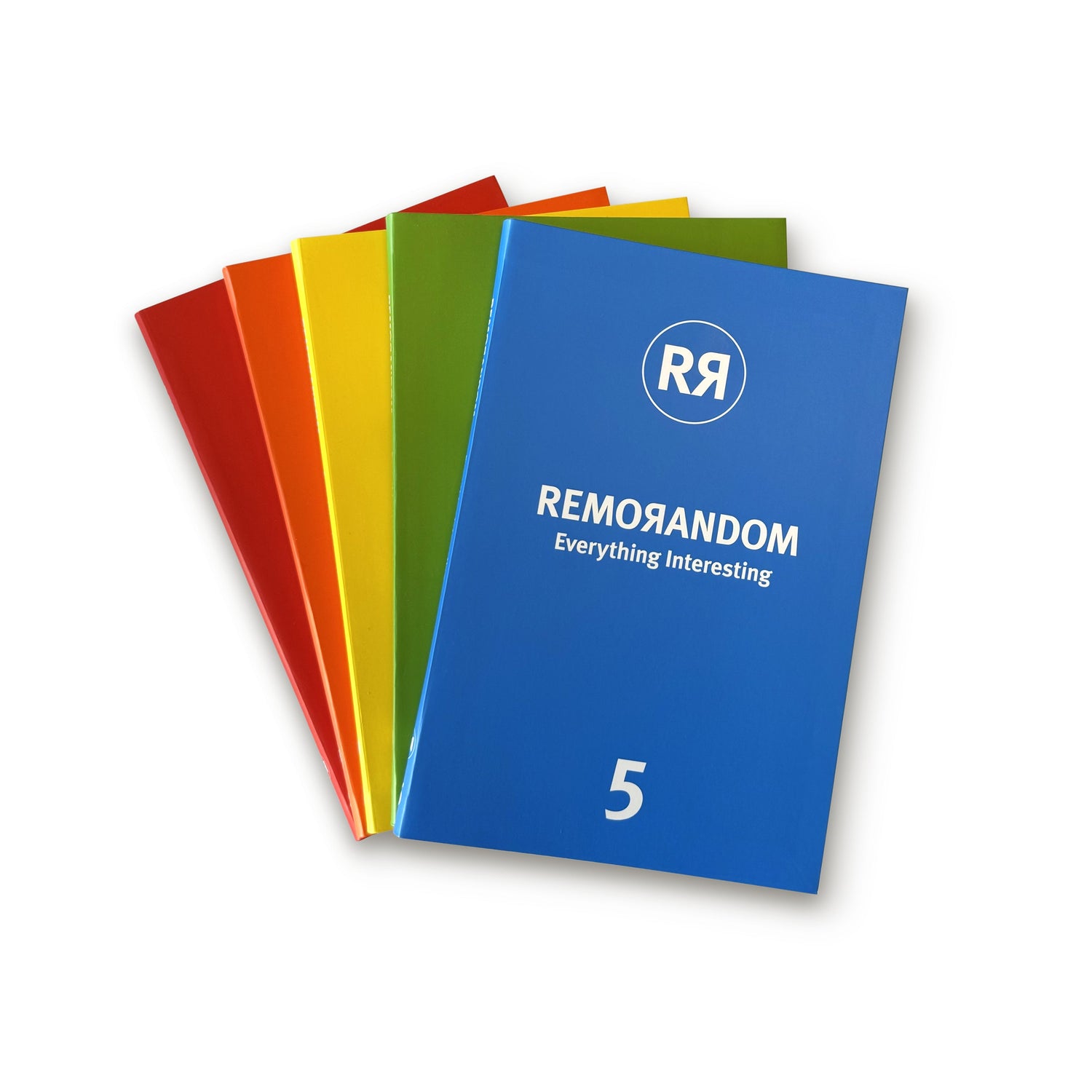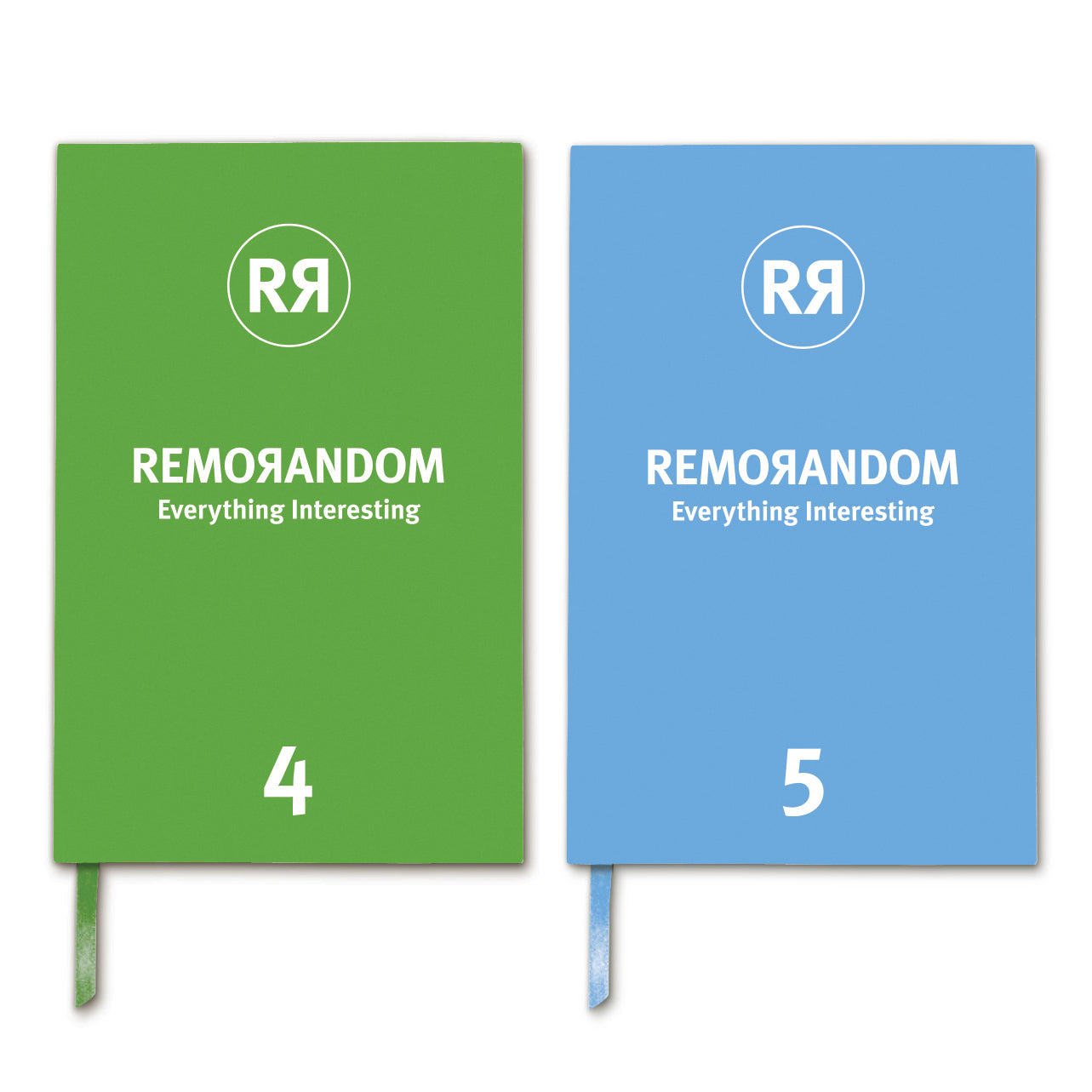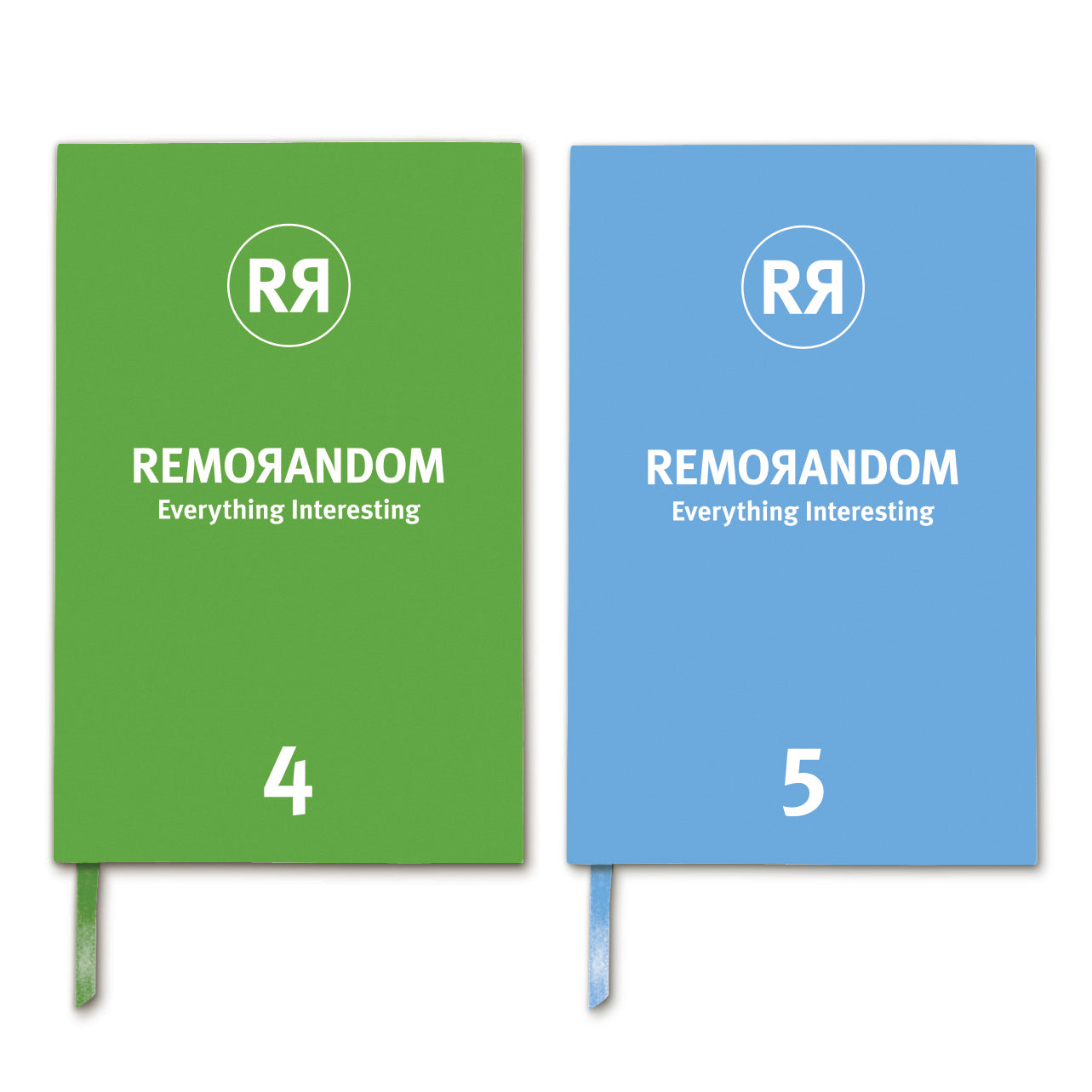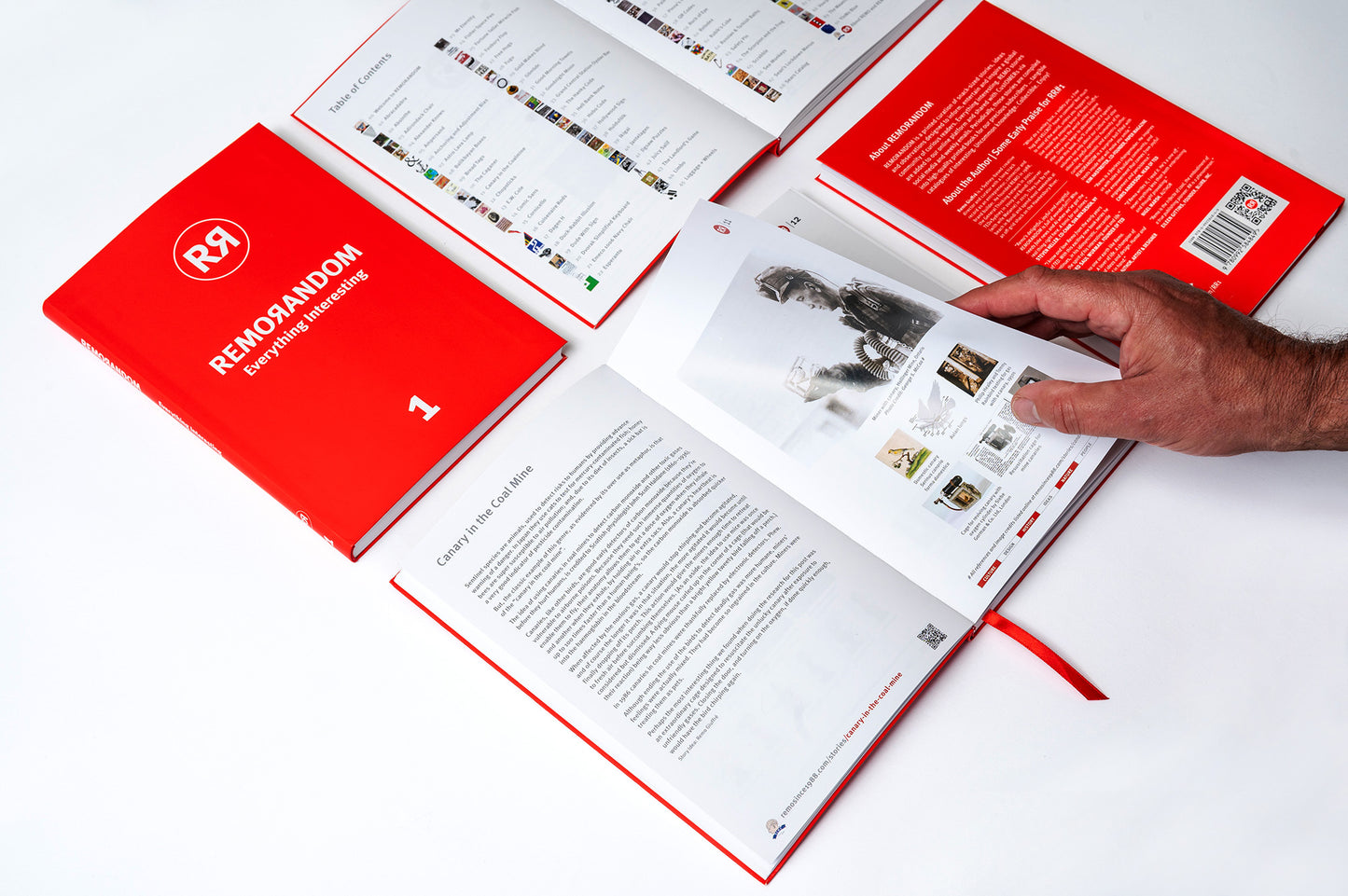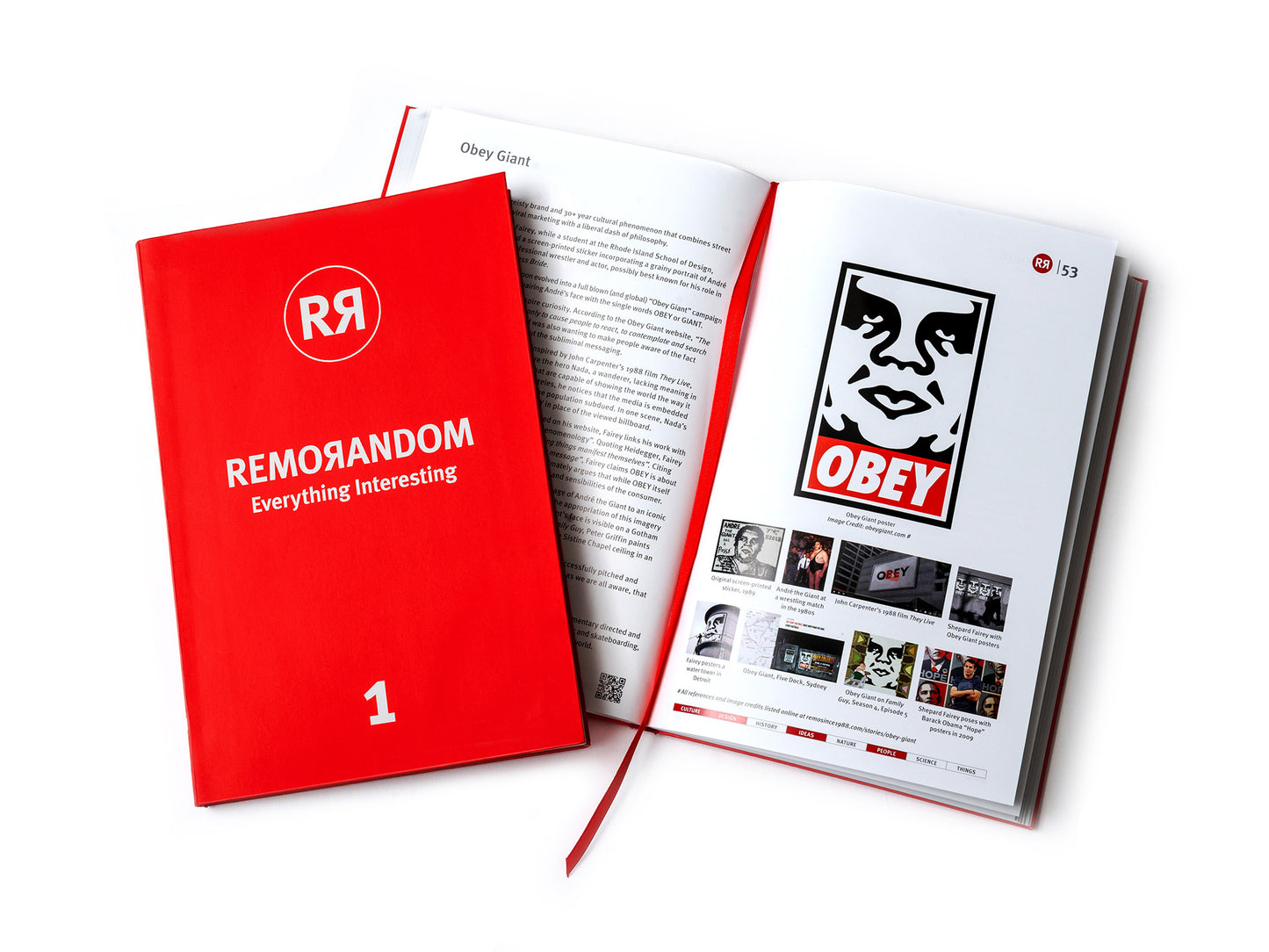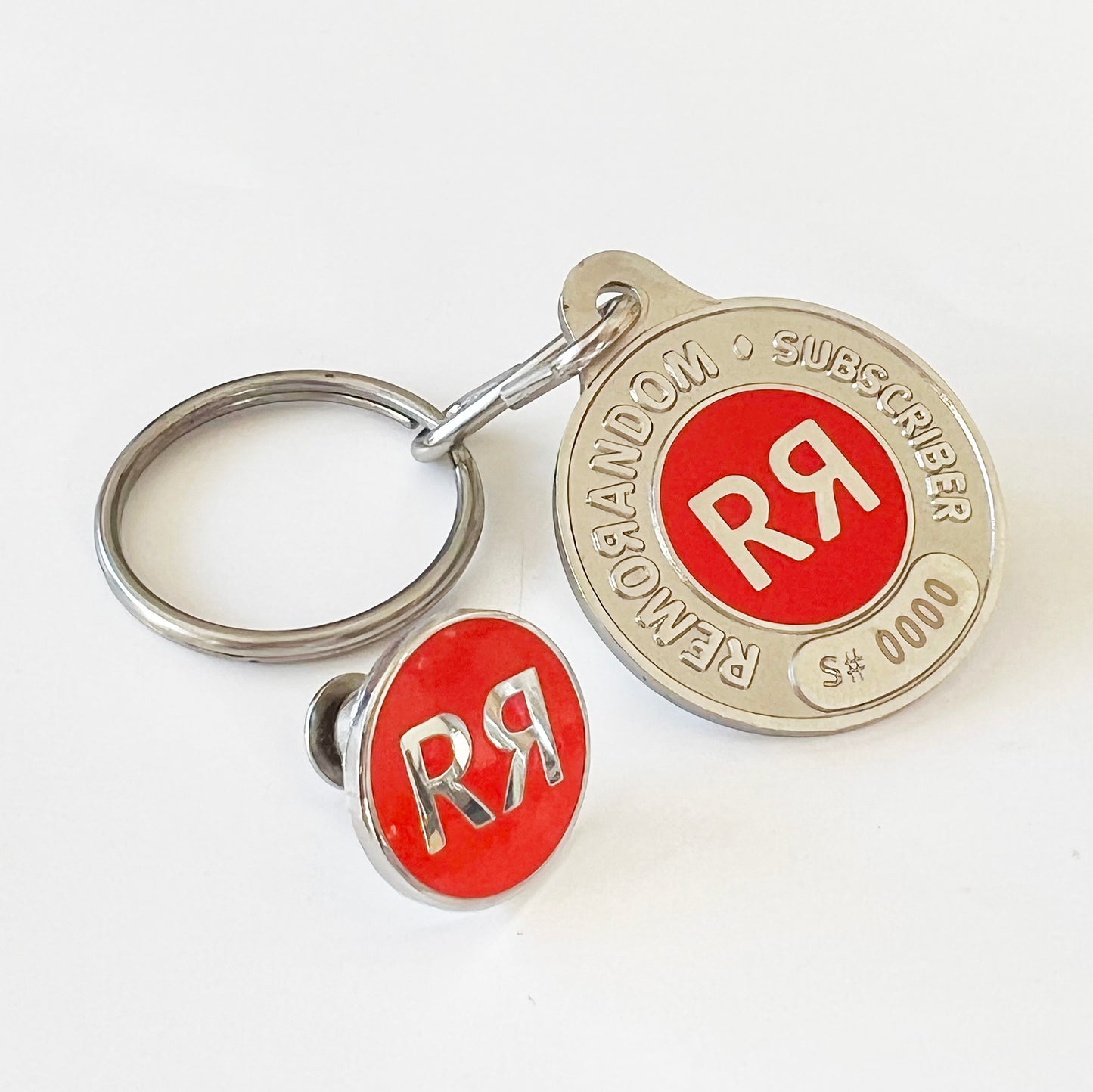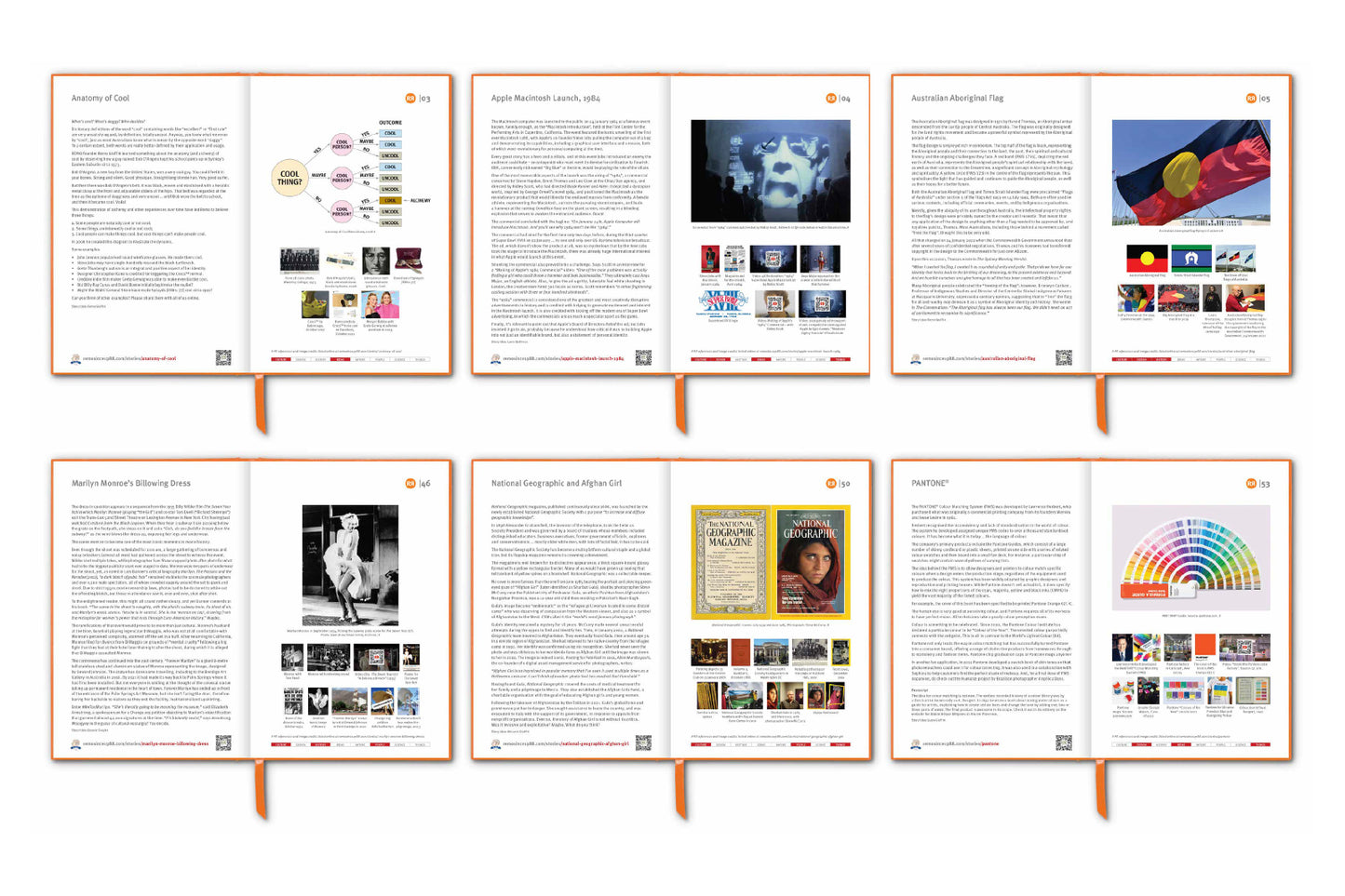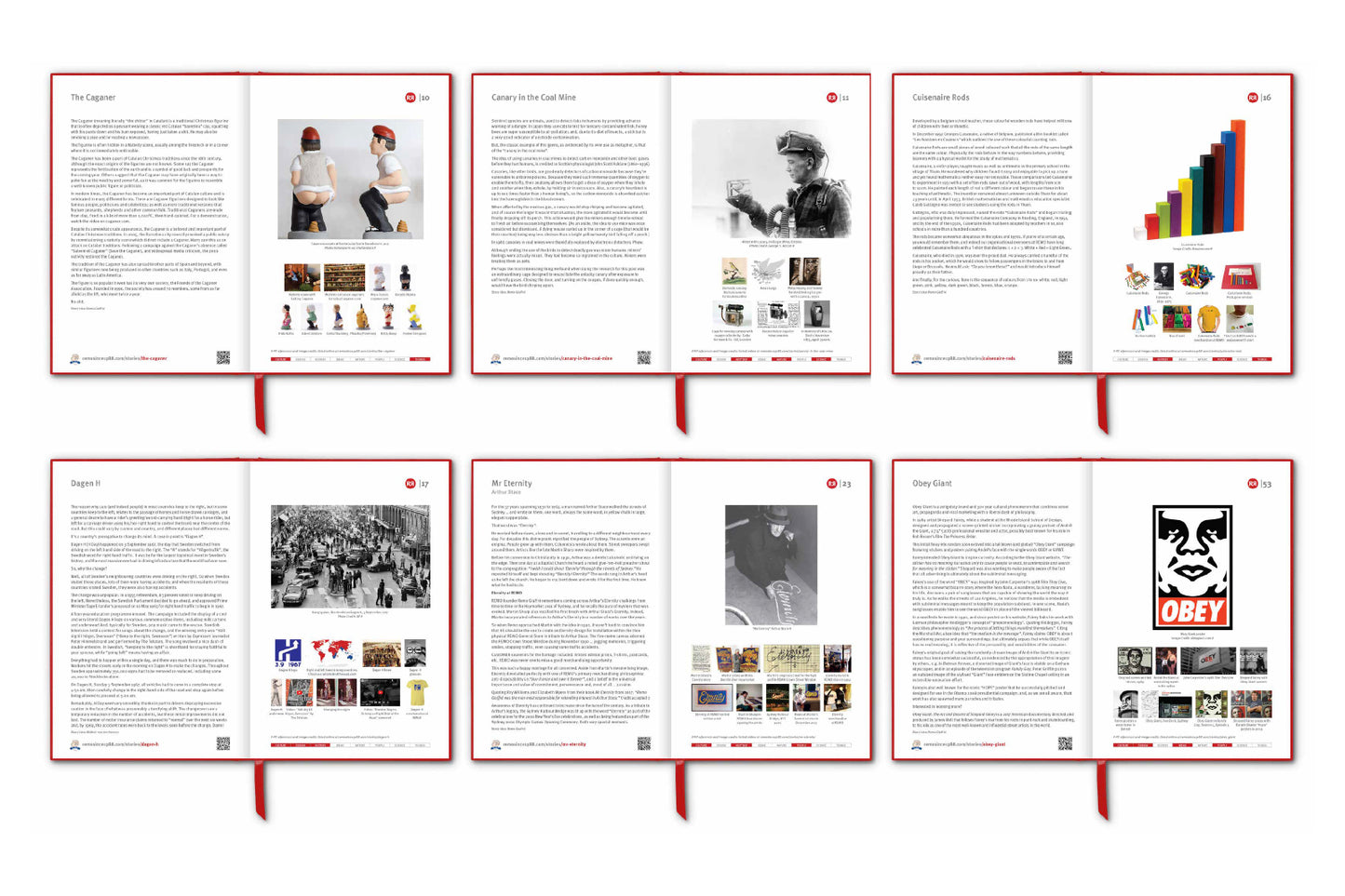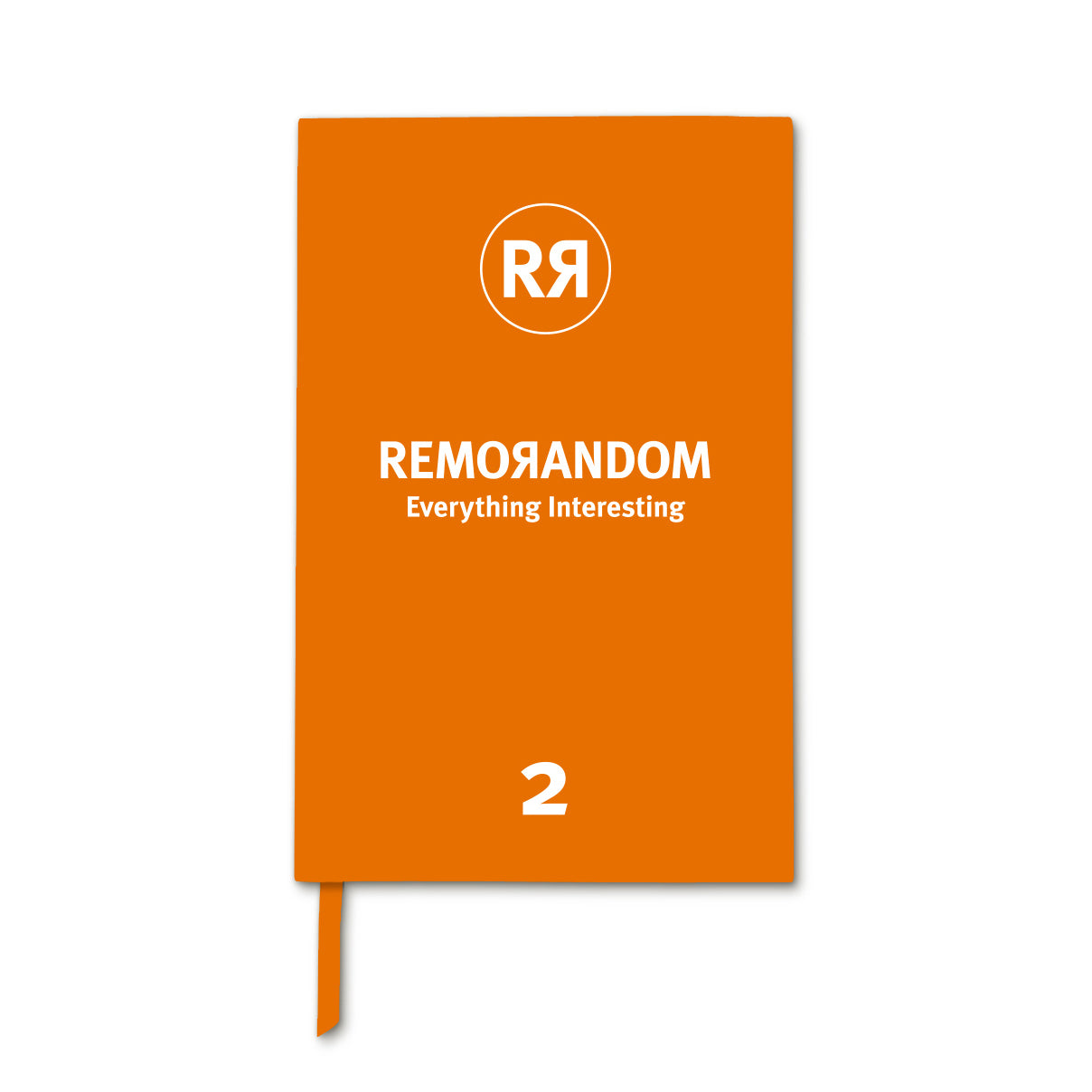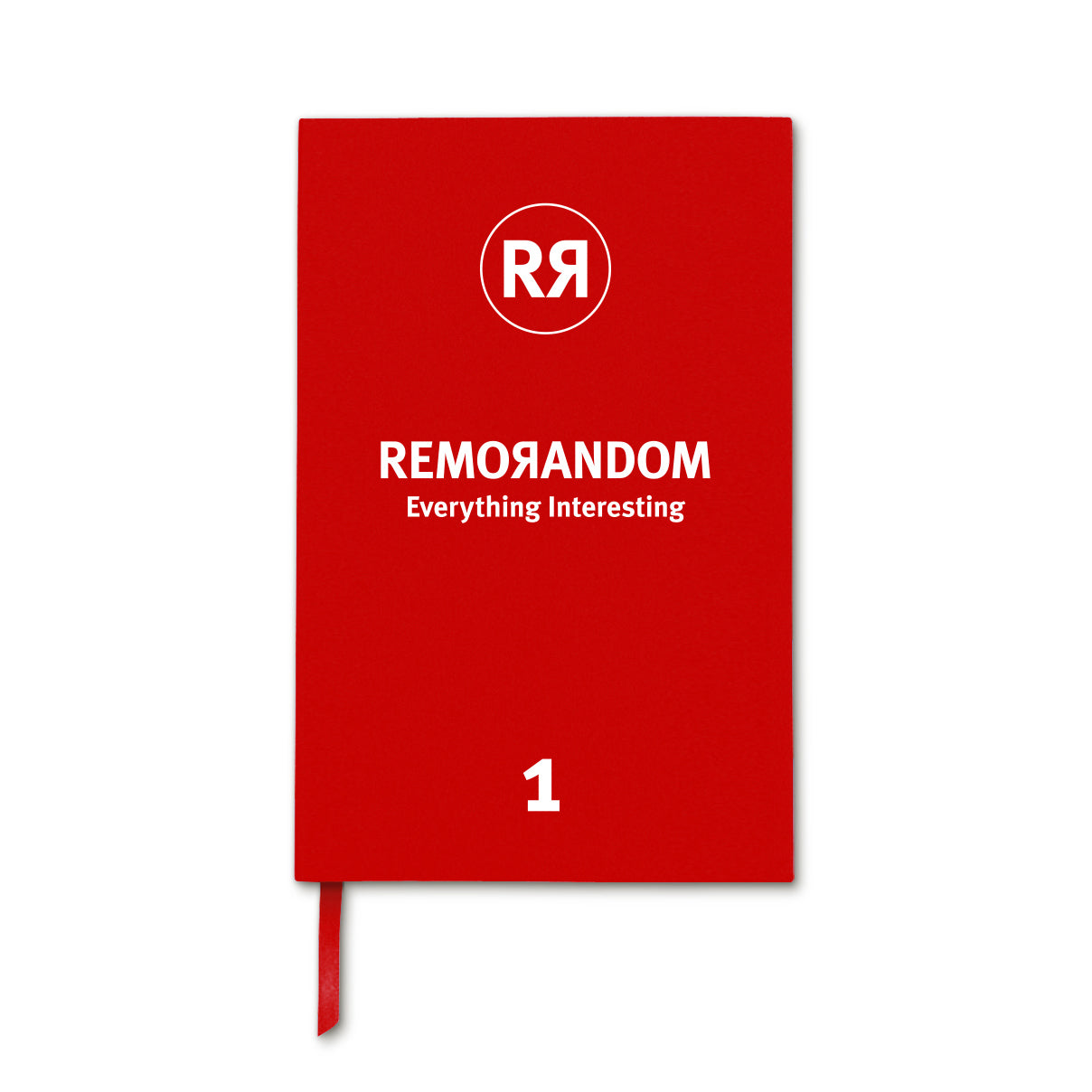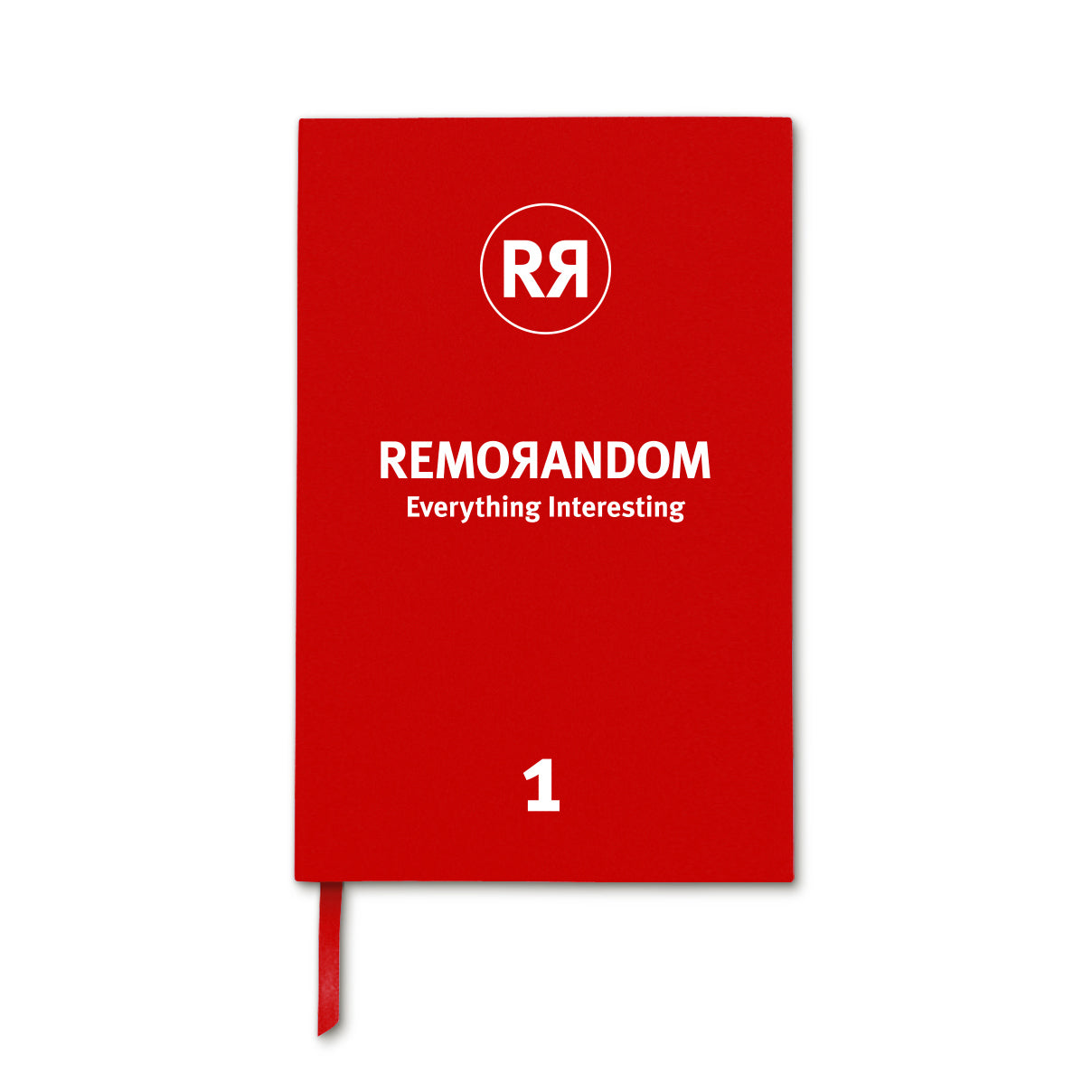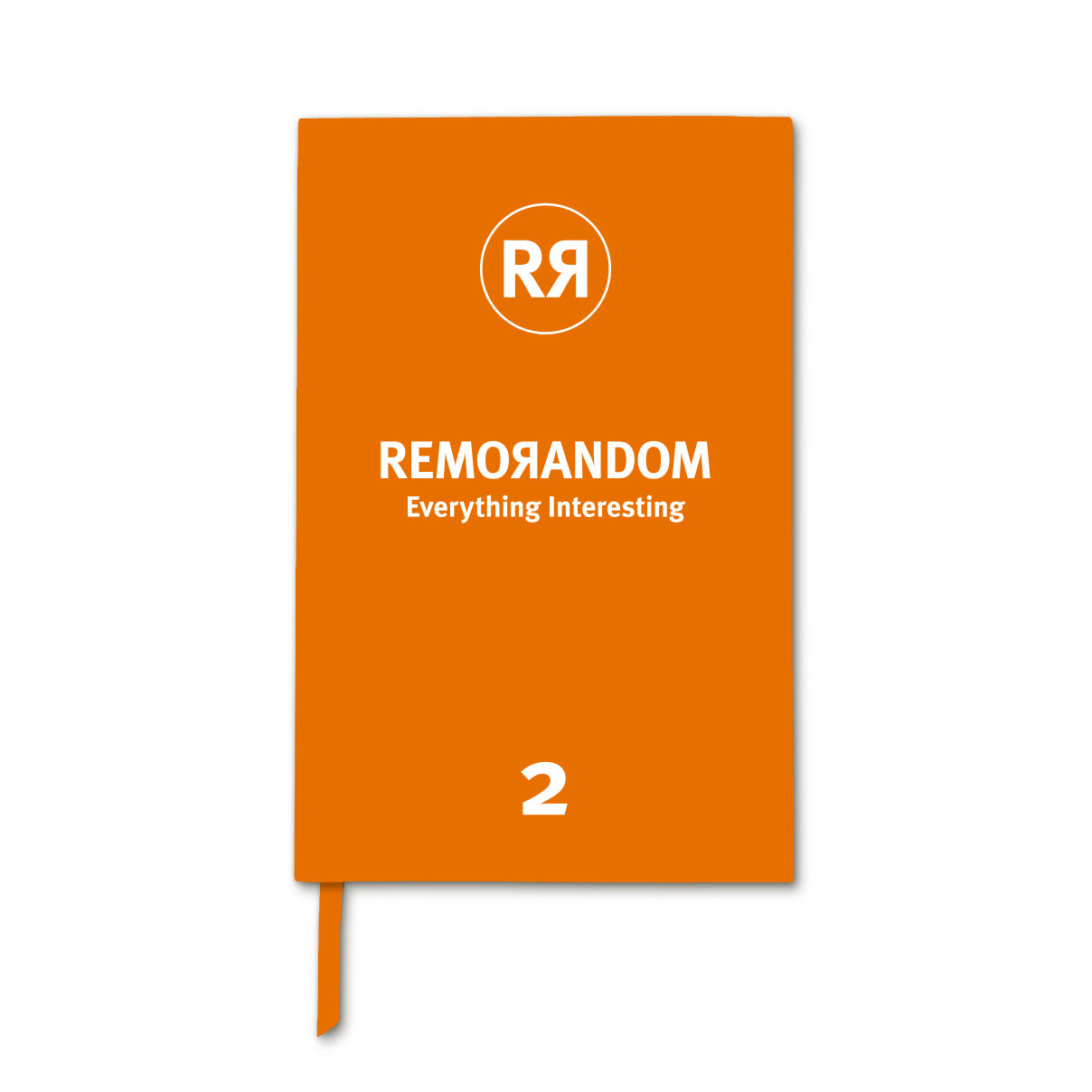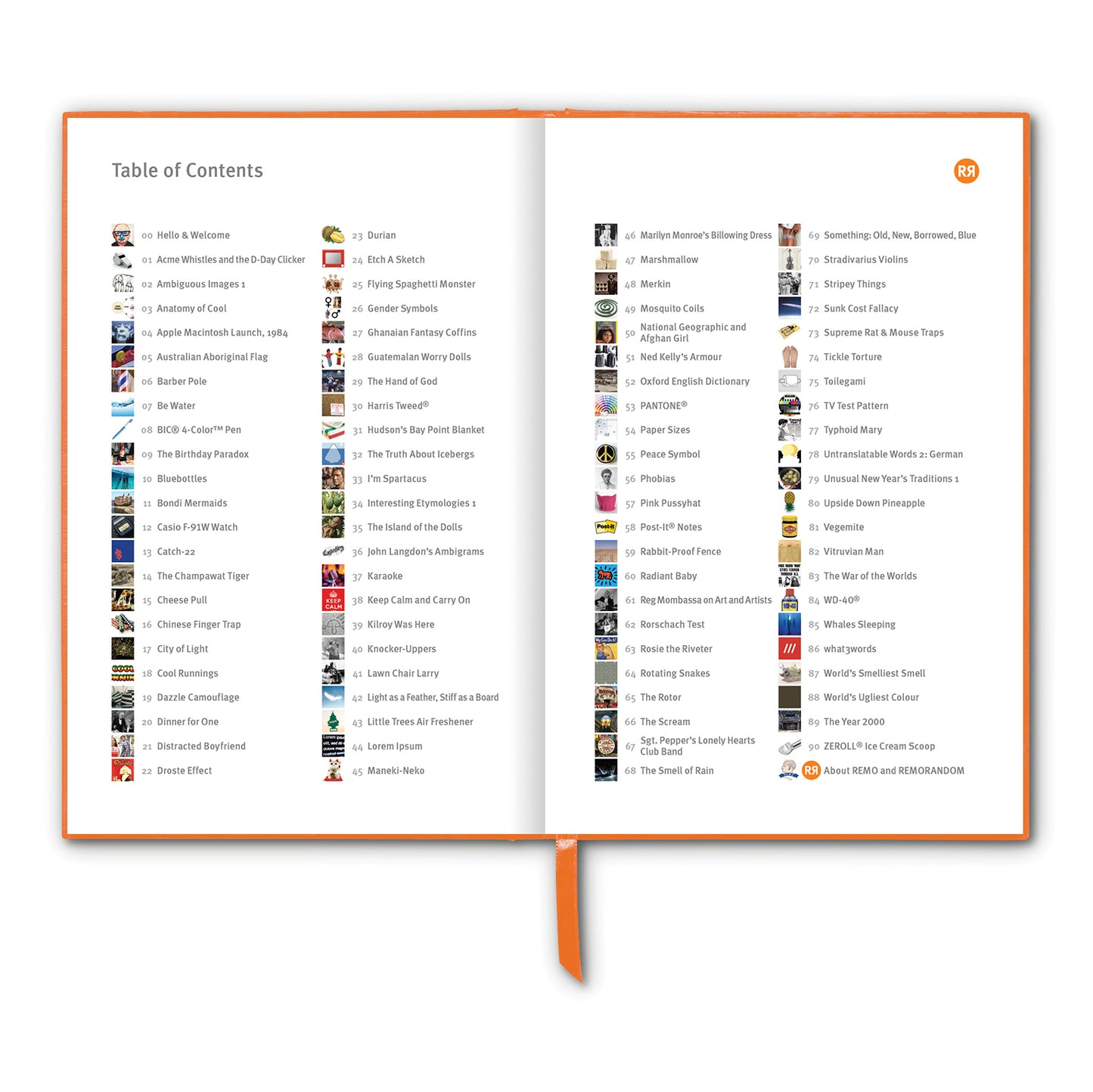Start high, be specific and … get in first!
Anchoring and adjustment references a cognitive bias whereby someone’s decisions are influenced by a particular reference point or “anchor”. Once the value of the anchor is set, subsequent decisions, arguments, estimates, etc. made by the individual may change from what they would have otherwise been without the anchor.
According to this theory (the result of a 1974 study by psychologists Amos Tversky and Daniel Kahneman), once an anchor is set, people will adjust away from it to get to their final answer. However, they invariably adjust insufficiently, resulting in their final guess being closer to the anchor than it would otherwise be.
For example, someone may be more likely to buy a car if it is placed alongside a more expensive model (the anchor). Prices discussed in negotiations that are lower than the anchor may seem reasonable, perhaps even cheap to the buyer, even if said prices are still relatively higher than the actual market value of the car. Or a seller of real estate sets a very high sale price for a property. The counter offer is lower, and the agreed price happens somewhere in between. That agreed price will always be higher if the initial anchor is as high as it can be, even if it appears unreasonable.
Studies have shown that some factors can influence anchoring, but it is difficult to avoid, even when people are made expressly aware of it and deliberately try to avoid it. Moreover, it is a remarkably durable bias which tends not to fade over time.
Interestingly, the more specific the anchor, the more effective it can be. In a 2008 study by Chris Janiszewski and Dan Uy, participants were asked to estimate the value of a beach house. They received either a general, seemingly nonspecific anchor ($800,000) or a more precise and specific anchor ($799,800). Participants with a general anchor adjusted their estimate more than those given a precise anchor ($751,867 vs $784,671). Thus, a more specific initial price will tend to result in a final price closer to the initial one.
So what this means for you in your negotiating life is that is that you should start high (or low as the case may be), be specific, and … get in first! The anchor you set will influence in your favour.
____________________________
Anchoring and Adjustment Bias exists in printed form as chapter 6 of RR#1 … available to order HERE
____________________________
Wikipedia Reference: Anchoring_(cognitive_bias) | (Text) CC BY-SA
Images
1. Anchor
2. Brain
3. Daniel Kahneman
